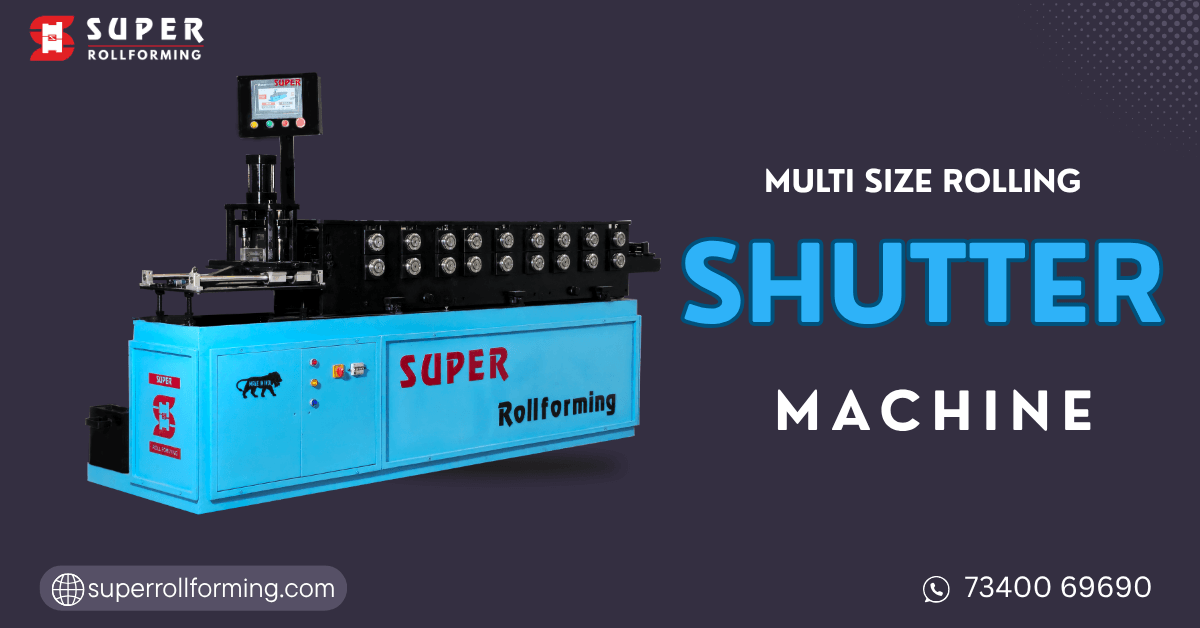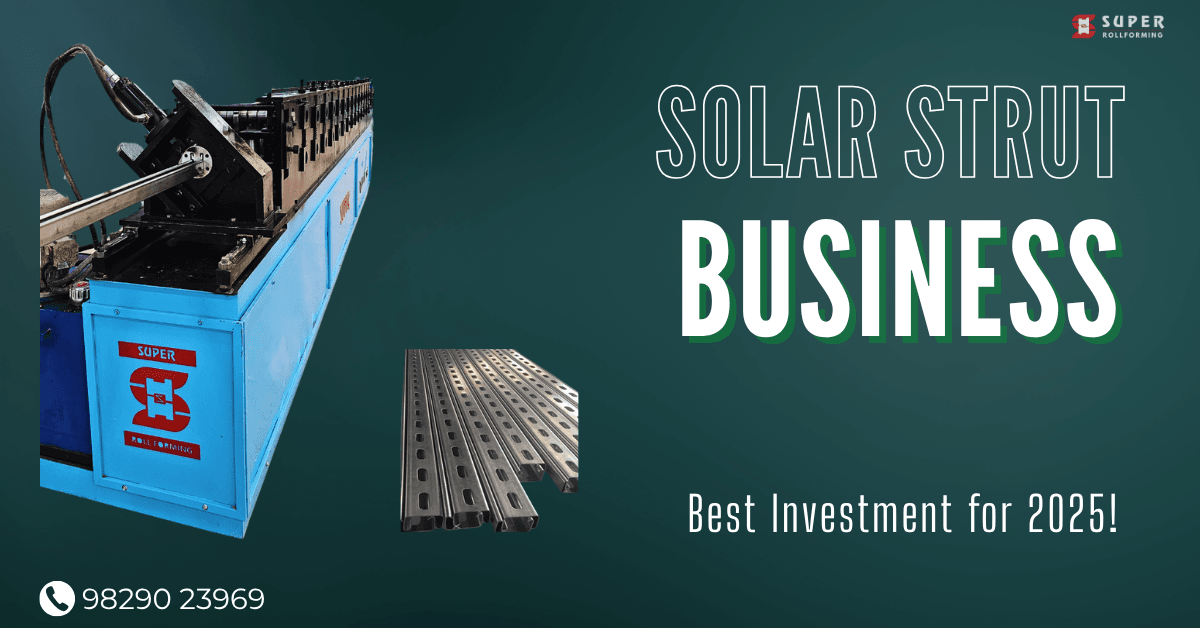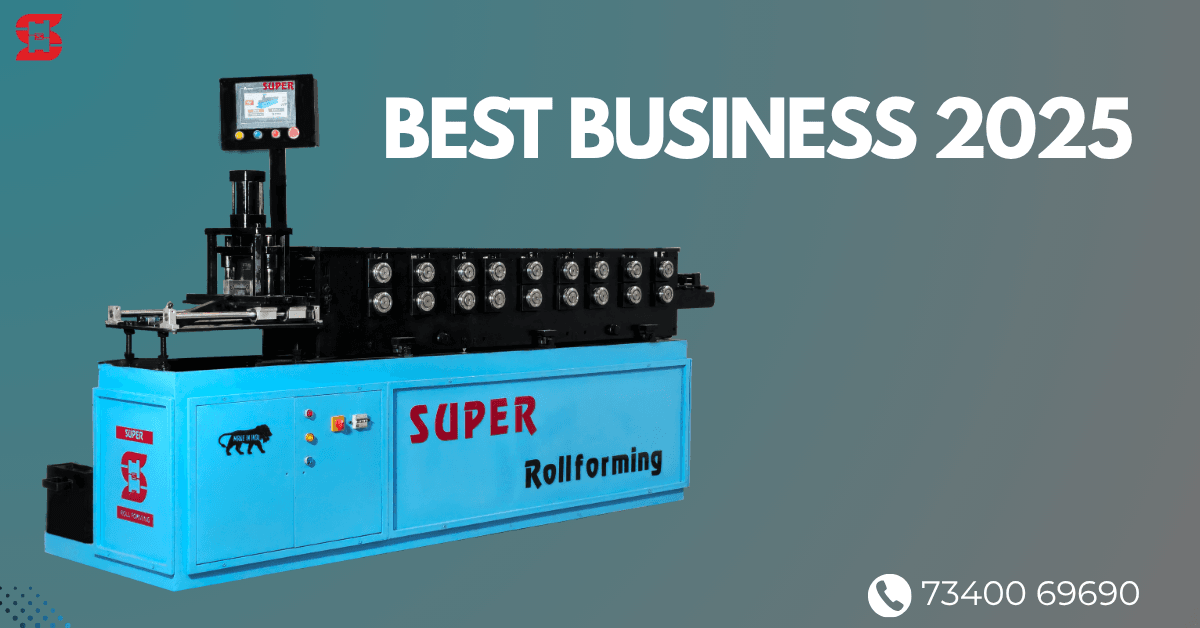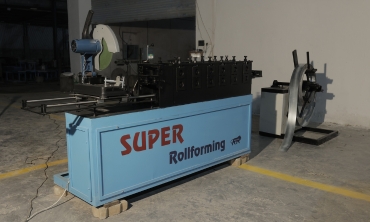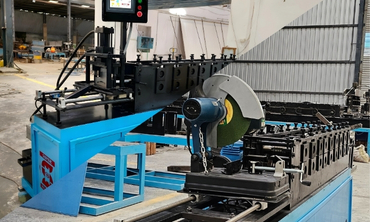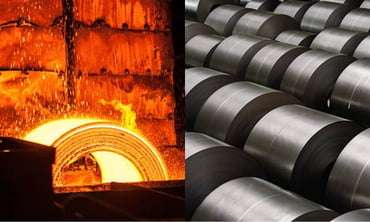As a roll forming manufacturer, choosing the proper raw materials is crucial to producing high-quality products. One of the most important decisions in this regard is whether to use hot rolled steel or cold rolled steel. Although both types of steel are widely used in the manufacturing industry, they have significant differences that can affect the outcome of roll forming processes. In this blog post, we’ll explore these differences and explain how they impact roll forming.
What is Hot Rolled Steel?

Hot rolled steel is a type of steel that has been heated above its recrystallization point, typically around 1700°F, before being passed through a series of rollers to achieve its final thickness. This process results in a material with a rough surface finish and a slightly rounded edge.
The production process for hot rolled steel is relatively simple and straightforward, which makes it less expensive than cold rolled steel. However, because the steel is not processed further after rolling, it may have a higher carbon content and other impurities that can affect its strength and durability.
Hot rolled steel is commonly used in applications where dimensional tolerances and surface finish are not critical factors. These include structural components, like channels, U channels, J channels, C channels, and angles, as well as sheet metal and plate.
What is Cold Rolled Steel?
In contrast, cold rolled steel is produced by rolling steel at room temperature or below. This process results in a material with a smooth surface finish, sharp edges, and precise dimensional tolerances.
To achieve these characteristics, cold rolled steel undergoes several additional steps after initial rolling, including annealing, which involves heating the steel to a specific temperature and then cooling it slowly. This process improves the steel’s strength, hardness, and ductility while reducing its brittleness and susceptibility to cracking.
Cold rolled steel is typically more expensive than hot rolled steel due to the additional processing steps involved. However, it is often preferred for applications where precision and high-quality surface finish are critical factors. Examples include automotive components, appliances, and electronics.

Impact of Differences on Roll Forming

The differences between hot rolled steel and cold rolled steel can significantly impact the roll forming process. In particular, the variations in surface finish and dimensional tolerances can affect the quality and consistency of the final product.
Hot rolled steel’s rough surface finish can make it more difficult to achieve precise bends and shapes during the roll forming process. This can lead to variations in the final product and require additional processing steps to achieve the desired results.
Cold rolled steel’s smooth surface finish and precise dimensional tolerances make it easier to achieve accurate, repeatable bends and shapes during roll forming. This can result in a higher-quality product with fewer defects and less waste.
Recent Developments in the Industry
Recent advancements in technology have made it possible to produce hot rolled steel with improved surface finish and dimensional tolerances. This has led to increased use of hot rolled steel in applications where precision and high-quality surface finish are important factors.
Additionally, some manufacturers have begun using a combination of both hot rolled steel and cold rolled steel in their roll forming processes. This allows them to take advantage of the benefits of each type of steel while mitigating the drawbacks.
Applications of Hot Rolled Steel and Cold Rolled Steel
In the manufacturing industry, both hot rolled steel and cold rolled steel are used for various applications. The choice between the two depends on the desired properties of the final product, the production process, and cost considerations.
Hot Rolled Steel:
- Structural components: Used for channels, angles, and other structural elements.
- Sheet metal and plate: Suited for manufacturing sheet metal and plate.
- Construction industry: Often used in reinforcing bars and structural elements.
Cold Rolled Steel:
- Automotive components: Ideal for body panels, door frames, and suspension parts.
- Appliances: Used for refrigerator doors, washing machine drums, etc.
- Electronics: Common in computer chassis, server racks, and electrical enclosures.
Choosing the Right Type of Steel for Roll Forming
When selecting the appropriate type of steel for your roll forming process, it’s essential to consider factors such as cost, production requirements, and the desired properties of the final product. By understanding the differences between hot rolled steel and cold rolled steel, and their impact on the roll forming process, manufacturers like Super Rollforming can make informed decisions and achieve the best results.

